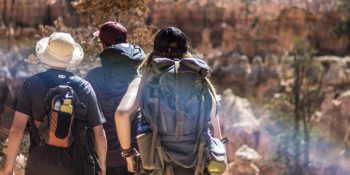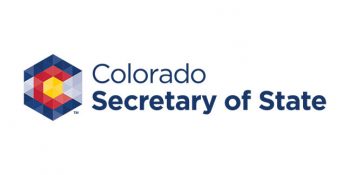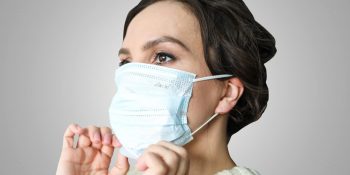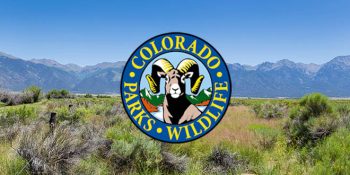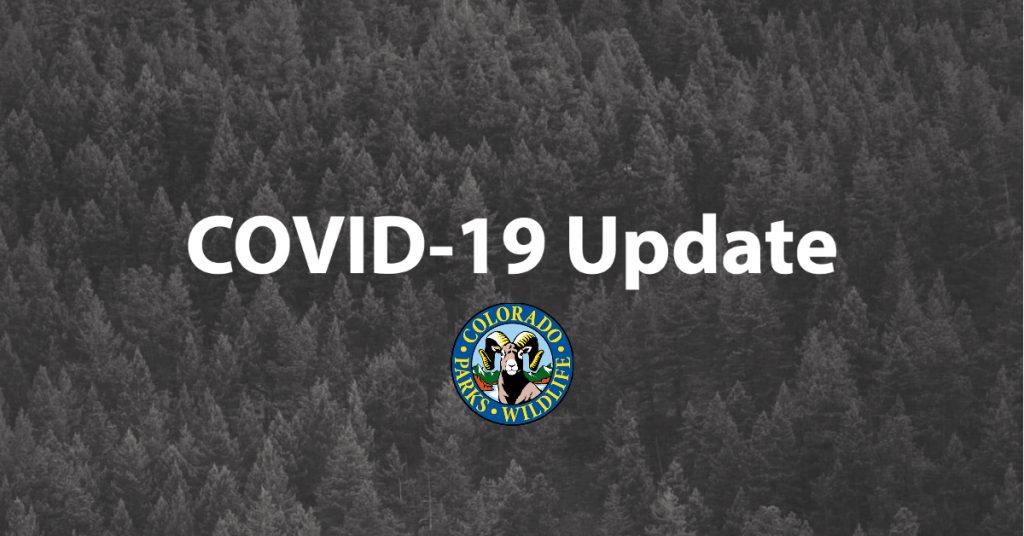As a Yale University postdoctoral researcher, economist Jude Bayham studied the potential consequences of a global pandemic that could shutter schools, close businesses, and strain hospitals.
That was back in 2013.
Now, as the world grapples with the coronavirus, the Colorado State University economist and a multi-institutional team are turning those prescient modeling exercises into real insights for policymakers.
“We’re repurposing models we had done a while back that frankly at the time, people didn’t really care about,” said Bayham, assistant professor in the Department of Agricultural and Resource Economics. “It’s an ‘I told you so’ moment. I’m not happy about it. It’s unfortunate.”
In the last several weeks, Bayham and Yale collaborator Eli Fenichel have run a series of analyses illustrating the toll that long-term school closures may have on U.S. health care providers. They’re now fielding inquiries from all over the world, from state governments to child care needs assessment professionals, who think the economists’ work could help them navigate the here and now. In the last two weeks, the researchers created an interactive dashboard for drilling down statistics on child care needs by state, city and industry sector. Their data were published in The Lancet Public Health.
Bayham and Fenichel have also created another dashboard for viewing COVID-19 complication risk factors in the workforce.
A third of health workers care for young children
For their health care worker analysis, the researchers used data from the U.S. Current Population Survey to show that about a third of health care workers – doctors, nurses, hospital staff – care for children ages 3-12. Fifteen percent of those households don’t have other adults or older children who can help with child care.
At the time they did their original analysis, a long-term school closure was a far-off hypothetical. Now, as school districts nationwide shutter for weeks or months, Bayham’s work of yore takes on new significance, and the team is scrambling to update it with current figures.
School closures are intended to slow the transmission of the virus. But Bayham and Fenichel find that the toll school closures take on health care workers could potentially negate any mortality benefits from the closures. Their calculations indicate that if the health care workforce declines by 15 percent, due to the workers now having to care for their children, it could lead to an increase in coronavirus deaths, because the workers aren’t there to care for sick people. Specifically, they report that assuming a 15 percent loss of the health care labor force, a coronavirus infection mortality rate increase of just 0.35 percentage points would net a greater number of deaths than would be prevented by the closures.
These calculations are just that – calculations, which don’t take into account, for example, the potential rollout of state or federal programs to offer child care relief to workers. And the estimates aren’t perfect; the researchers don’t claim to know, down to a precise number, what one health care worker’s absence portends.
“We don’t know, in terms of a productivity measure, the estimate of one nurse saving this many lives or reducing mortality,” Bayham said. “But we think it’s not zero. So essentially we are getting at how productive they need to be for us to be concerned about how school closures would undermine the goal of saving lives.”
The work is a sobering reminder of the societal and public-health tradeoffs of large-scale disruptions like long-term school closures.
Forming networks
As the pandemic continues to unfold, Bayham and colleagues at Yale, Northwestern University and other institutions have quickly formed a network of economists and epidemiologists to continue this and other lines of work. They hope to help inform decisionmakers on questions not only of tradeoffs of school closures, but also, strategies for peeling back such restrictive measures when the time is right.
As researchers all over the world converge their expertise around the pandemic, Bayham and colleagues are also jumping into other projects to help. For example, Bayham is serving on a U.S. Forest Service task force that will examine potential outcomes of coronavirus on firefighters as fire season returns.
And along with CSU colleagues Becca Jablonski, Dawn Thilmany, Rebecca Cleary, Rebecca Hill, Alexandra Hill, Laura Bellows, Bob Delmore and Michael Carolan, Bayham is also serving on a Colorado Department of Agriculture-focused task force looking at effects of social distancing measures on food supply chain issues. CSU’s vice president for engagement and extension, Blake Naughton, established the CSU Task Force on Colorado Food Supply to conduct research on several key areas: food access and security; designating food retail establishments as “essential services;” food supply chain workforce readiness; and consumer expenditure and farm market access.

